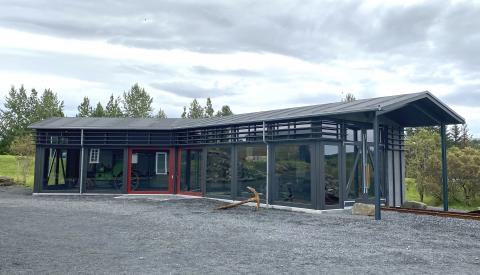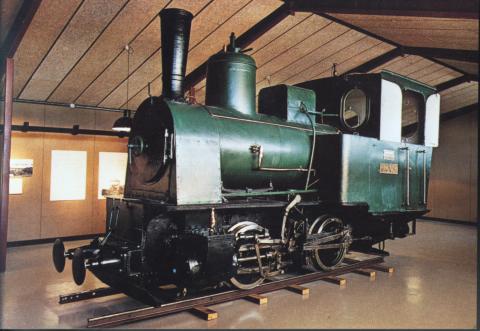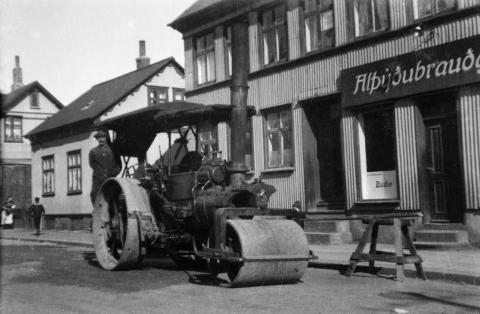
The Engine House was built in 2019 as a special exhibition space to house two steam-powered engines, both of which played essential roles in the development of Reykjavík during the 20th century. One of them, Pionér, is a German locomotive (one of two brought to Iceland) imported in 1913 to help with the harbour's construction. The other unit is a steam roller named Bríet, named after town councillor, Bríet Bjarnhéðinsdóttur.


The locomotive and steam-roller
The locomotive Pionér is one of two locomotives imported to Iceland for the construction of Reykjavík Harbour between 1913-17. Minør was imported in March 1913. Town council members and other guests took the first trip on the train on 17 April. Pionér came in the summer. The locomotives were used to transport sand and rocks for two harbour walls. After the construction, the locomotives were used for freight and further enlarging the harbour. They were used for the last time in 1928 to transport cement for the construction of the National Hospital by Hringbraut. The locomotives were manufactured in Germany in 1892. Pionér got a new steam boiler in 1910 and thus became more powerful than Minør.
The steam-roller Bríet was brought from England in 1912 and was the first of its kind in Iceland. Knud Zimsen brought up the matter of buying it with the town council and got support from Bríet Bjarnhéðinsdóttir. She was one of four women elected to the council in 1908, the first time women were allowed to run. The steam-roller was thus nicknamed Bríet Knútsdóttir among the people of Reykjavík, but the Bríet name stuck.

